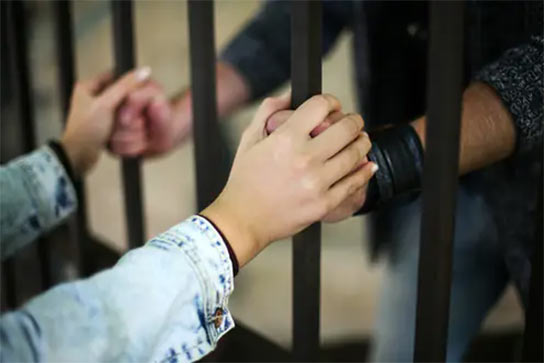Researchers in the US are hoping to start human trials of memory implants in the next two years.
Scientists said that the implant could help people restore the memories of people who have had a stroke or suffered localized brain injury, CNN reported.
Hailed as one of 2013's top ten technological breakthroughs by MIT, the work by the University of Southern California, North Carolina's Wake Forest University and other partners has actually spanned a decade.
But the US-wide team now thinks that it will see a memory device being implanted in a small number of human volunteers within two years and available to patients in five to 10 years.
"I never thought I'd see this in my lifetime," Ted Berger, professor of biomedical engineering at the University of Southern California in Los Angeles said.
The scientists-who bring varied skills to the table, including mathematical modeling and psychiatry-believe they have cracked how long-term memories are made, stored and retrieved and how to replicate this process in brains that are damaged, particularly by stroke or localized injury.
Berger said they record a memory being made, in an undamaged area of the brain, then use that data to predict what a damaged area "downstream" should be doing.
Electrodes are then used to stimulate the damaged area to replicate the action of the undamaged cells.
They concentrate on the hippocampus-part of the cerebral cortex which sits deep in the brain-where short-term memories become long-term ones.
Berger has looked at how electrical signals travel through neurons there to form those long-term memories and has used his expertise in mathematical modeling to mimic these movements using electronics.
Much of the work that remains now is in shrinking down the electronics.











